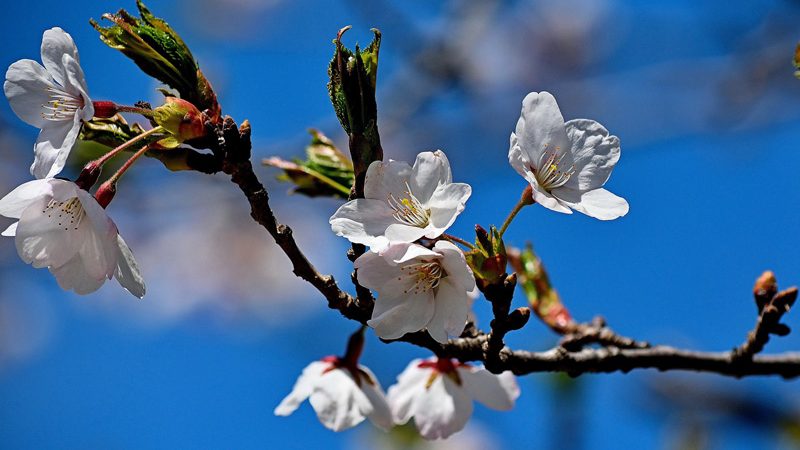No independent agency, but increased monitoring in oilsands
Posted February 3, 2012 4:44 pm.
This article is more than 5 years old.
A long-awaited new plan from the federal and Alberta governments on how to gauge the environmental effects of the oilsands will watch for more contaminants, in more places, more often.
But monitoring will be run — at least at first — by bureaucrats instead of an independent agency.
Scientists who studied the old system had proposed an arm’s-length commission that would report directly to the environment minister.
Increased monitoring is to begin as early as the spring.
“We will begin to work immediately,” federal Environment Minister Peter Kent said Friday after a technical briefing in Edmonton. “It is critical that we get the development of the oilsands right.”
There are expected to be 172 monitoring sites in the oilsands region by the end of a three-year phase-in period — up from the current 110. More chemicals, such as polycyclic aromatic hydrocarbons and naphthenic acids, are to be measured.
The plan includes monitoring sites in Saskatchewan and the Northwest Territories.
The program is expected to cost about $50 million to be paid by industry.
Kent was joined at the announcement by his Alberta counterpart Diana McQueen.
She said the two governments are working toward setting up independent oversight.
“We look forward to moving ahead with the independent commission,” she said. “I strongly believe that we (should) have a provincial independent commission.”
The plan is considered crucial to answering critics who charge that the multibillion-dollar industry is being allowed to charge ahead far in advance of government’s ability to regulate it.
That point was repeatedly made in half a dozen reports in 2010 and 2011. Those reports were done for independent groups as well as the federal and provincial governments.
Environmental concern over the oilsands has already affected current and possible export markets for oilsands-derived crude.
A decision on permitting TransCanada’s (TSX:TRP) proposed Keystone XL pipeline, which would carry oilsands bitumen to Gulf Coast refineries, was delayed by the U.S. government over those concerns. The European Union is considering measures that would penalize high-carbon fuels, which would include those derived from Alberta’s tarry resource.
The Canadian Association of Petroleum Producers has said it welcomes improved environmental monitoring — as long as the two levels of government work together and don’t impose parallel reporting requirements.
Environmentalists say the program needs to get moving because new oilsands developments are already before regulators but are using impact assessments based on data compiled from the discredited monitoring system.
Andrew Miall, a University of Toronto geologist who helped write one of the reports that called for monitoring reform, called Friday’s announcement “a huge step forward.”
“The plan looks like a good one,” he said. “There does remain this concern that this project is not fully independent of government.”
Miall also pointed out that there hasn’t been any aboriginal consultation so far. Native communities in the oilsands region have long complained that the land, air and water have been polluted, and that people’s health is suffering as a result.
“They feel their interests are not being met,” Miall said. “That should be done right at the highest level.”
The plan says aboriginal groups will be consulted later.










